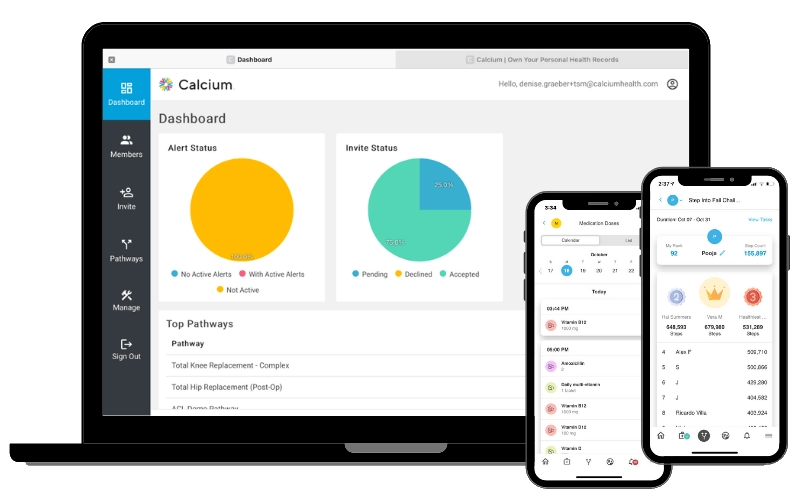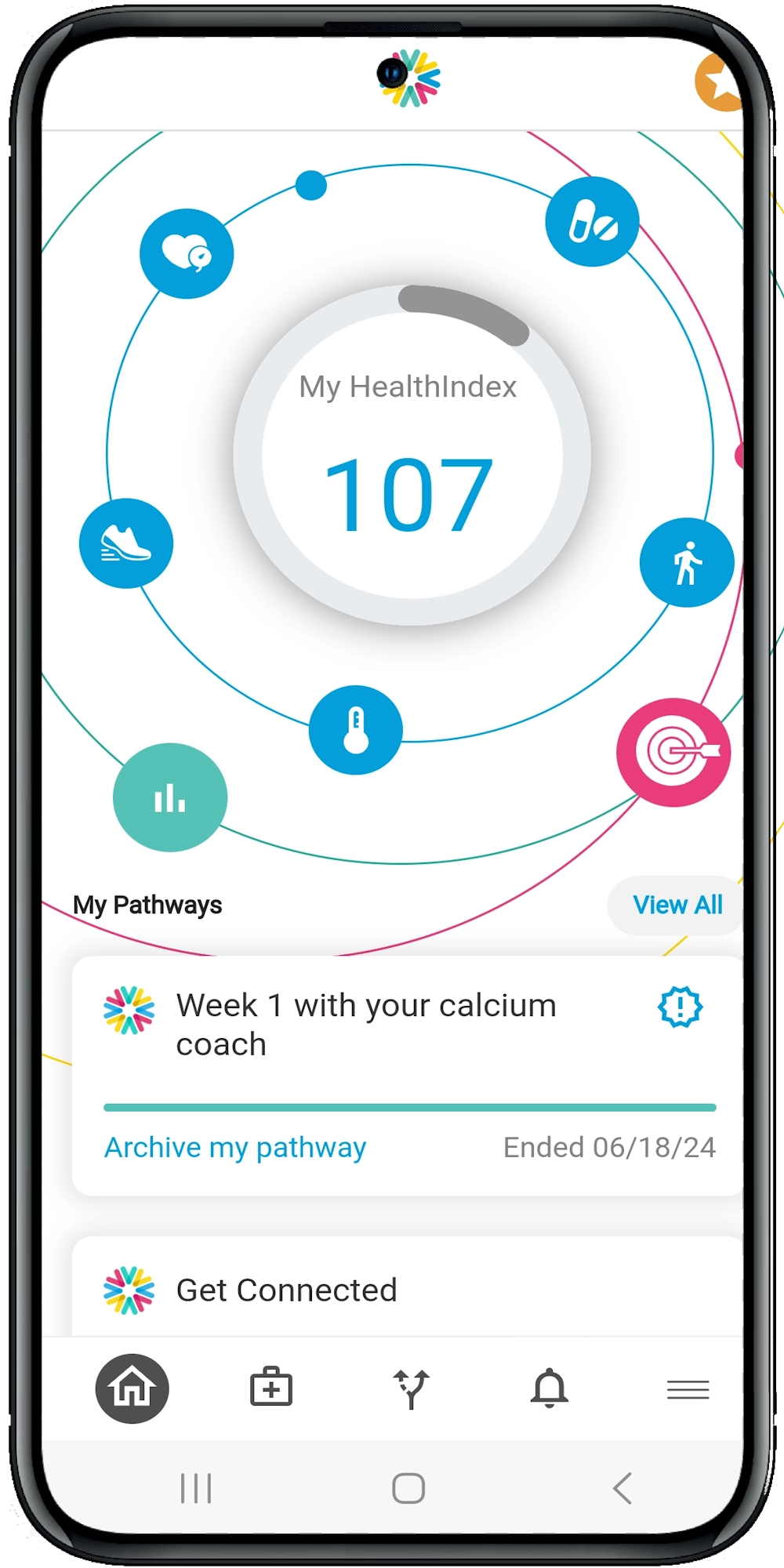Remote Epilepsy Patient Monitoring: Tools and Techniques
Understanding Remote Patient Monitoring (RPM)
Remote Patient Monitoring (RPM) leverages technology to monitor patients outside traditional clinical settings. For epilepsy patients, RPM can track seizure activity, medication adherence, and overall health status, providing real-time data to healthcare providers.
Key Tools for Remote Epilepsy Monitoring
Several innovative tools are available to help healthcare providers monitor epilepsy patients remotely. These tools not only enhance patient care but also empower patients to take an active role in managing their condition.
1. Wearable Devices
Wearable devices are game-changers in epilepsy care. These gadgets can monitor physiological signals and detect seizure activity. Some popular wearables include:
- Smartwatches: Equipped with sensors to track heart rate, movement, and even detect falls, smartwatches can alert caregivers and medical professionals in case of a seizure.
- EEG Headbands: These devices monitor brain activity and can provide detailed data on seizure patterns, helping in fine-tuning treatment plans.
- Seizure Detection Bracelets: Specifically designed for epilepsy patients, these bracelets can detect convulsive seizures and send alerts to caregivers or healthcare providers.
2. Mobile Health Apps
Mobile health apps are another essential tool in RPM for epilepsy. These apps can:
- Track Seizures: Patients can log seizure activity, providing valuable data for healthcare providers.
- Medication Reminders: Ensuring patients adhere to their medication schedule is crucial in epilepsy management. Apps can send reminders to take medications, reducing the risk of missed doses.
- Symptom Tracking: Patients can record symptoms, triggers, and other relevant information, helping clinicians identify patterns and adjust treatment plans accordingly.
3. Telehealth Platforms
Telehealth platforms have become indispensable in modern healthcare. For epilepsy patients, these platforms offer:
- Virtual Consultations: Patients can have regular check-ups without the need for in-person visits, making it easier to manage their condition.
- Real-Time Monitoring: Some telehealth platforms offer integration with wearable devices and mobile apps, providing a comprehensive view of the patient’s health data.
- Emergency Support: In case of a seizure, telehealth platforms can facilitate immediate medical assistance, potentially saving lives.
Techniques for Effective Remote Monitoring
Implementing RPM effectively requires a combination of the right tools and best practices. Here are some techniques to ensure successful remote monitoring of epilepsy patients:
1. Personalized Care Plans
Every epilepsy patient is unique, and so should their care plan. By leveraging data from wearable devices and mobile apps, healthcare providers can create personalized care plans that cater to individual needs. This approach ensures that treatment is tailored to the patient’s specific condition and lifestyle.
2. Continuous Education
Educating patients about their condition and the importance of RPM is crucial. Patients should understand how to use wearable devices and mobile apps effectively. Regular training sessions and educational resources can empower patients to take an active role in their care.
3. Regular Data Review
Healthcare providers should regularly review the data collected through RPM tools. This practice helps in identifying any changes in the patient’s condition promptly. Regular data review also allows for timely adjustments to treatment plans, ensuring optimal patient outcomes.
4. Collaborative Care
RPM fosters a collaborative approach to patient care. By sharing data with other healthcare professionals, including neurologists, primary care physicians, and mental health specialists, a comprehensive care plan can be developed. This collaboration ensures that all aspects of the patient’s health are addressed.
Overcoming Challenges in Remote Epilepsy Monitoring
While RPM offers numerous benefits, there are also challenges that healthcare providers must navigate. Understanding these challenges and finding solutions is key to successful implementation.
1. Data Privacy and Security
Protecting patient data is paramount. Healthcare providers must ensure that all RPM tools comply with HIPAA regulations and other relevant data protection laws. Using encrypted communication channels and secure data storage solutions can help mitigate privacy concerns.
2. Accessibility and Usability
Not all patients may have access to the latest technology or may find it challenging to use RPM tools. Providing user-friendly devices and offering technical support can help bridge this gap. Additionally, considering socioeconomic factors and ensuring that RPM tools are affordable and accessible to all patients is essential.
3. Integration with Existing Systems
For RPM to be effective, it must integrate seamlessly with existing healthcare systems. Ensuring compatibility with electronic health records (EHR) and other clinical systems can streamline data flow and enhance patient care.
The Future of Remote Epilepsy Monitoring
The future of RPM in epilepsy care looks promising. Advances in technology continue to bring new and improved tools for monitoring and managing epilepsy. Here are some trends to watch:
- Artificial Intelligence (AI): AI can analyze vast amounts of data, identifying patterns and predicting seizures with high accuracy. This technology can provide valuable insights for personalized treatment plans.
- Machine Learning: Machine learning algorithms can continuously learn from patient data, improving the accuracy of seizure detection and prediction over time.
- Remote Neuromodulation: Emerging technologies are exploring the potential of remote neuromodulation, where devices can deliver therapeutic stimulation to the brain remotely, potentially reducing seizure frequency and severity.





